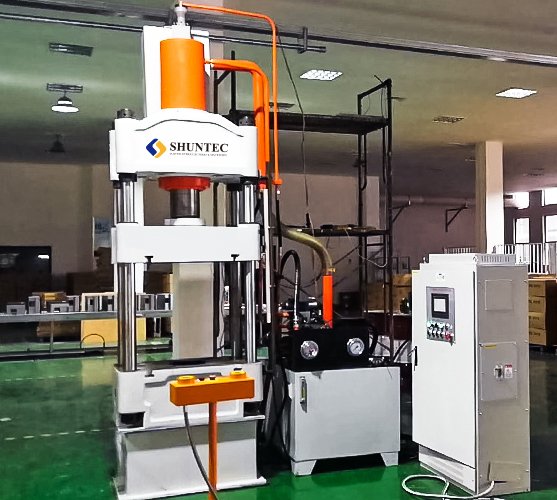The hydraulic press can leak both internally and externally, mainly including gap leakage, multi-porosity leakage, adhesion leakage, and power leakage.
1. Gap leakage:
Gap leakage means that the liquid in the gap of the hydraulic system flows under the action of the pressure difference between the two ends, resulting in leakage. In hydraulic components, there are various forms of gaps.
2. Multi-porous leakage:
Various cover plates, flange joints, plate connections, and other components in the hydraulic press usually take fastening measures. When the joint surface has no unevenness error and is fastened under the ideal parallel state, there will be no gap between the joint surfaces. Overall gaps are formed. However, due to the effect of surface roughness, the two surfaces will touch at every point.
3. Adhesive leakage:
There is a certain adhesion between the viscous liquid and the solid surface. After the two contacts, a thin layer of liquid will adhere to the solid surface of the hydraulic system.
4. Power leakage:
On the sealing surface of the rotating shaft of the hydraulic system, if there are traces of spiral processing, such traces have the effect of “pumping oil”. When the shaft rotates, the liquid flows along the groove of the spiral trace under the action of the rotating force of the shaft. The characteristics of power leakage are: the higher the rotational speed of the shaft, the greater the leakage.


